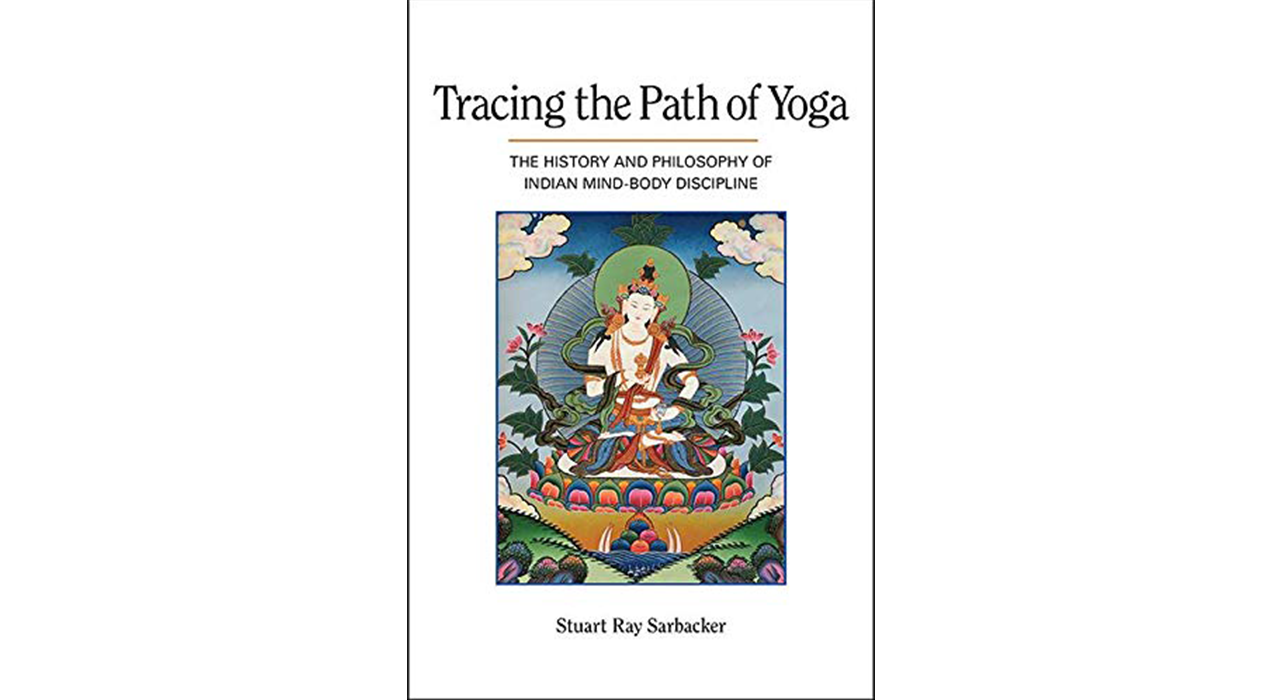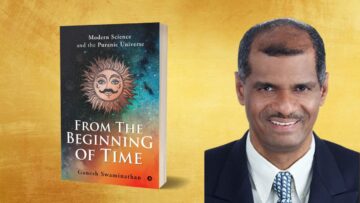Indic Book Club has recently launched #Purvapakshin Review Club to encourage scholarship that is based on research, rigour and respect by bringing back the Indic tradition of debates.
As a first step, IBC has purchased Stuart Ray Sarbackers’ recently published book ‘Tracing the Path of Yoga’ and is now inviting interested scholars to review the book.
Interested scholars may write to us namaste@indica.org.in. Shortlisted candidate will be sent the book and a review of academic standards is expected within 60 days. The review will be published as a research paper on our flagship commentary platform www.Indictoday.com. Compensation will also be paid at the discretion of our Director.
A brief about the book from the publishers website is given below.
https://www.sunypress.edu/p-6988-tracing-the-path-of-yoga.aspx
|
A comprehensive and theory-rich investigation of the history and philosophy of yoga, from its Indian origins to the contemporary context. Clear, accessible, and meticulously annotated, Tracing the Path of Yoga offers a comprehensive survey of the history and philosophy of yoga that will be invaluable to both specialists and to nonspecialists seeking a deeper understanding of this fascinating subject. Stuart Ray Sarbacker argues that yoga can be understood first and foremost as a discipline of mind and body that is represented in its narrative and philosophical literature as resulting in both numinous and cessative accomplishments that correspond, respectively, to the attainment of this-worldly power and otherworldly liberation. Sarbacker demonstrates how the yogic quest for perfection as such is situated within the concrete realities of human life, intersecting with issues of politics, economics, class, gender, and sexuality, as well as reflecting larger Indic religious and philosophical ideals. Stuart Ray Sarbacker is Associate Professor of Philosophy and Religion at Oregon State University. He is the author of Samādhi: The Numinous and Cessative in Indo-Tibetan Yoga, also published by SUNY Press, and (with Kevin Kimple) The Eight Limbs of Yoga: A Handbook for Living Yoga Philosophy. |
|
|
Table of Contents Acknowledgments
Pronunciation Guide for Sanskrit TermsIntroduction: The History and Philosophy of Yoga 1. Defining Yoga 2. The Prehistory of Yoga: The Indus Civilization and the Vedic Tradition 3. Brāhmaṇical Asceticism and Śramaṇa Traditions 4. The Classical Hindu Model of Yoga: Pātañjala Yoga and Aṣṭāṅgayoga 5. Hindu Epic, Purāṇic, and Scholastic Representations of Yoga 6. Classical Śramaṇa Traditions of Yoga 7. The Medieval Transformation of Yoga: Bhakti, Tantra, and Haṭhayoga 8. Modern Yoga Traditions Conclusion: Tracing the Path of Yoga
|






